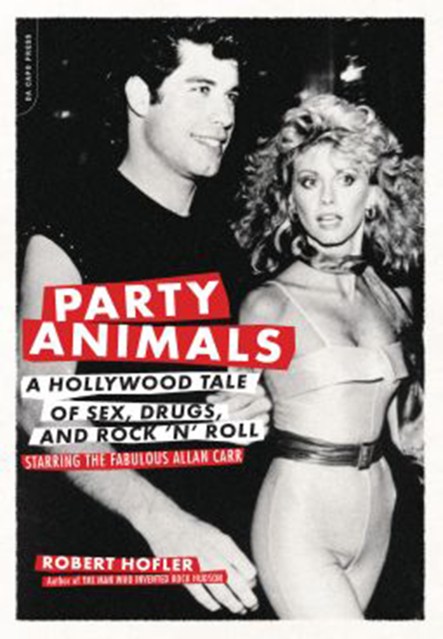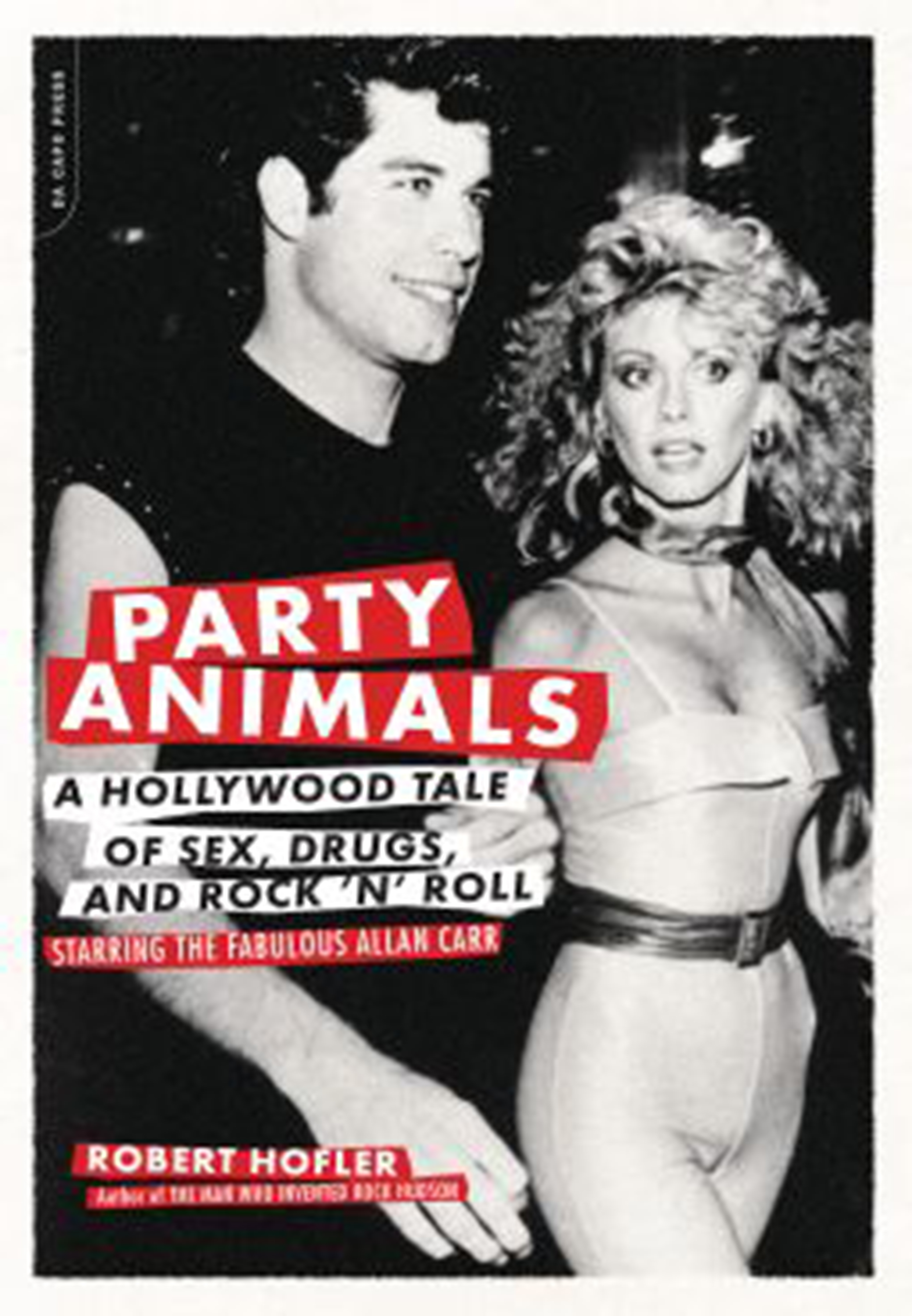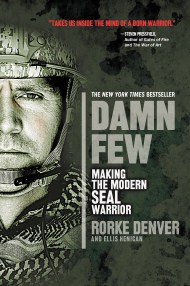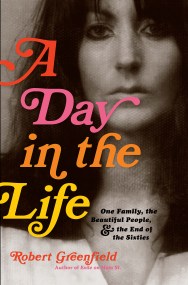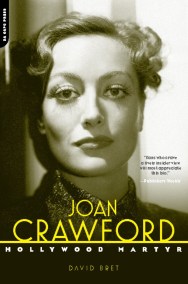Promotion
Use code MOM24 for 20% off site wide + free shipping over $45
Party Animals
A Hollywood Tale of Sex, Drugs, and Rock 'n' Roll Starring the Fabulous Allan Carr
Contributors
Formats and Prices
Price
$10.99Price
$13.99 CADFormat
Format:
ebook $10.99 $13.99 CADThis item is a preorder. Your payment method will be charged immediately, and the product is expected to ship on or around March 2, 2010. This date is subject to change due to shipping delays beyond our control.
Also available from:
From the stunning success of Grease and La Cage aux Folles to the spectacular failure of the Village People’s Can’t Stop the Music, as a producer Carr’s was a rollercoaster of a career punctuated by major hits and phenomenal flops — none more disastrous than the Academy Awards show he produced featuring a tone-deaf Rob Lowe serenading Snow White, a fiasco that made Carr an outcast, and is still widely considered to be the worst Oscars ever.
Tracing Carr’s excess-laden rise and tragic fall — and sparing no one along the way — Party Animals provides a sizzling, candid, behind-the-scenes look at Hollywood’s most infamous period.
Genre:
- On Sale
- Mar 2, 2010
- Page Count
- 344 pages
- Publisher
- Da Capo Press
- ISBN-13
- 9780306818943
Newsletter Signup
By clicking ‘Sign Up,’ I acknowledge that I have read and agree to Hachette Book Group’s Privacy Policy and Terms of Use
